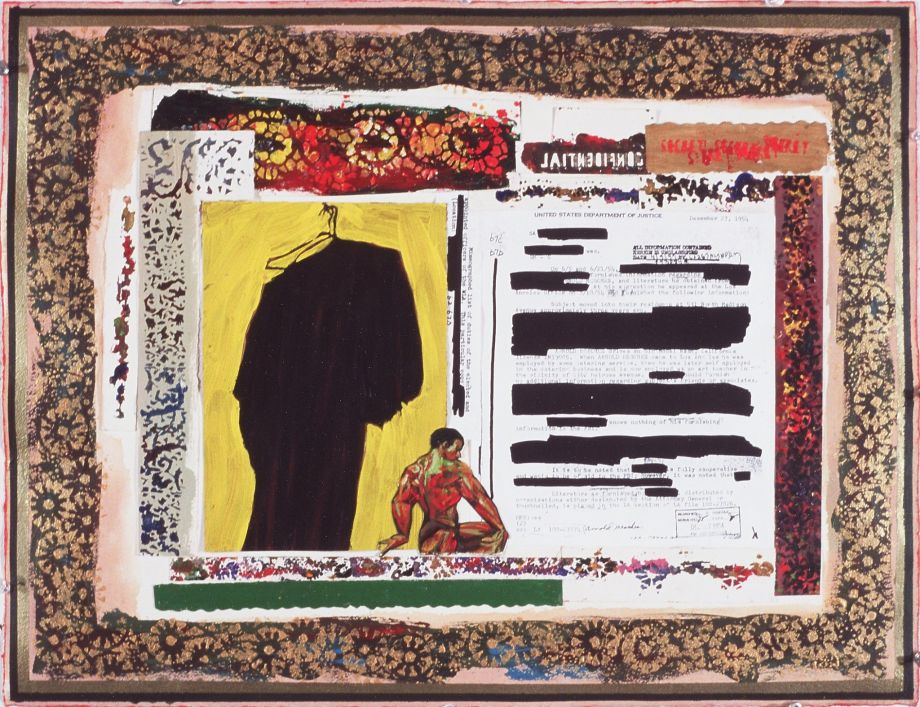
The Contemporary Jewish Museum in San Francisco has organized a new show entitled “Chasing Justice,” which explores the CIA’s art collection at its headquarters in Langley, Virginia. The exhibition also takes a look at the agency’s mysterious refusal share information about its collection.
According to a report in SFGate.com, Portland artist Johanna Barron wanted to know more about the 29 Washington Color School paintings hanging on the agency’s walls in Virginia, which may include works by artists Gene Davis, Thomas Downing, Morris Louis, Howard Mehring, Kenneth Noland and Paul Reed. But when she tried to obtain additional information about the works—through repeated Freedom of Information Act (FOIA) requests—she was unsettled by repeated denials to what she believed to be simple appeals.
Kenneth Noland, Bridge (1964).
Image: Courtesy of Wikipedia.
The works were reportedly donated by a collector named Vincent Melzac, who once served as director of the Corcoran Museum in Washington, DC. According to a 1975 obituary in the Washington Post, the “most celebrated incident of his tenure there was a fistfight he had with former gallery director Gene Baro.”
“Acres of Walls,” Barron’s ongoing project, delves into the absurdity of the CIA’s lack of transparency about their art collection by recreating and hanging a number of the Melzac Collection paintings in three-quarter scale. She presented the works at Disjecta Contemporary Art Center in Portland last month. The roving project is accompanied by documentations of her interactions with the CIA, including opaque FOIA rejection letters, appeals, and correspondence including descriptions of the “swashbuckling” and “larger than life” donor, Melzac.
“I felt this increasing need to uncover details that seemed to be kept secret for no logical reason,” Barron told SFGate.
In “Chasing Justice,” Barron’s installation is combined with the work of two other civic-minded Jewish artists in the show, including New York activist Arnold Mesches and Berkeley-based Robbin Henderson. Museum curator Renny Pritikiin told SFGate he developed the show around the idea of “artists pursuing justice, each in their own way, and shining a light on controversial government practices of surveillance and power.”